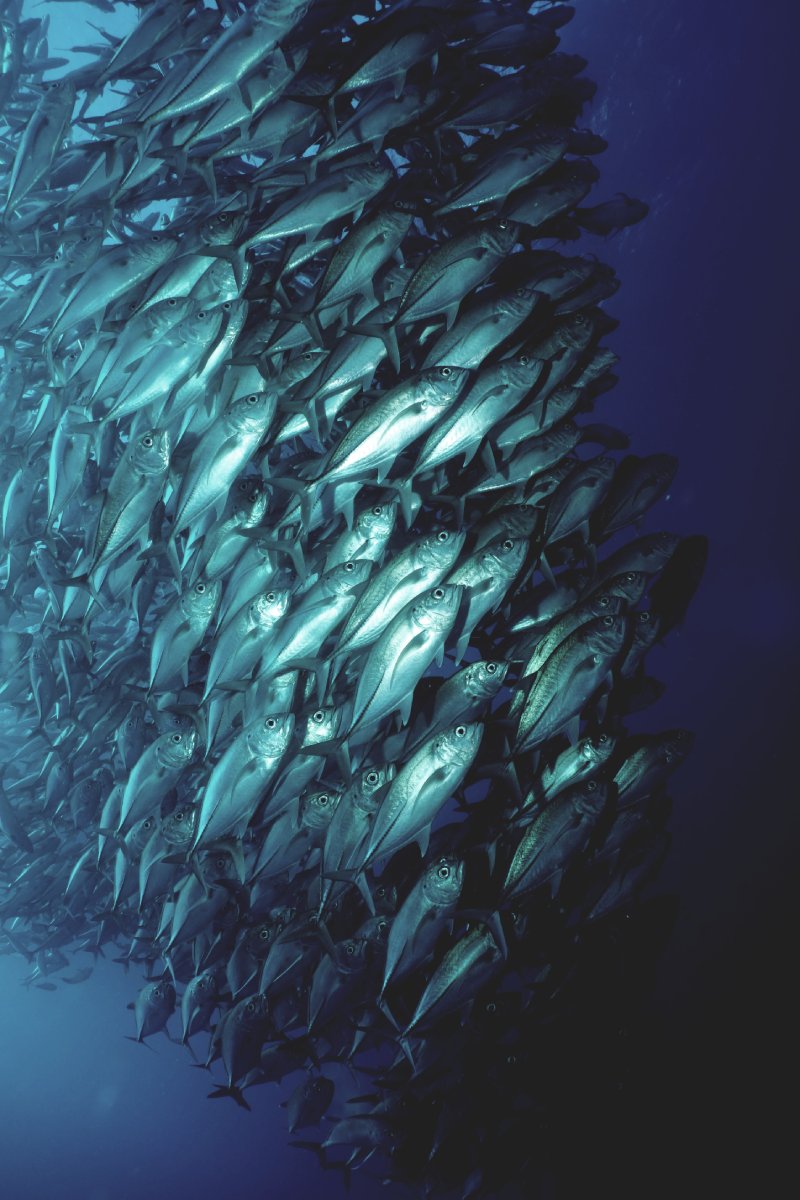Introduction
Sustainable fisheries hold the key to the health and resilience of our ocean ecosystems. This introductory section lays a foundation for understanding sustainable fisheries, their significance, and their intricate connection with ocean ecosystems.
Understanding Sustainable Fisheries
Sustainable fisheries refer to managing fish stocks in a manner that maintains their capacity to regenerate. This involves a careful balance, ensuring that the quantity of fish caught does not exceed the capacity of the fish population to reproduce and replenish its numbers. Sustainable fishing also includes adopting methods that minimize environmental impact, reduce bycatch (unintended catch of non-target species), and preserve the marine habitats necessary for fish populations to thrive.
The Importance of Sustainable Fisheries
Sustainable fisheries are not just crucial for the protection of marine life; they’re also imperative for human survival and prosperity. Over 3 billion people depend on fish as a primary protein source, and millions more rely on the fishing industry for their livelihoods. By preserving fish stocks, sustainable fisheries ensure food security, maintain livelihoods and contribute to economies on a global scale. Additionally, healthy fish populations are pivotal for maintaining balanced marine ecosystems, which, in turn, help regulate the Earth’s climate.
The Connection Between Fisheries and Ocean Ecosystems
The relationship between fisheries and ocean ecosystems is complex and deeply intertwined. Fish play various roles in marine ecosystems, from maintaining the health of coral reefs to influencing the carbon cycle. Overfishing disrupts these functions, leading to changes in the structure and function of marine ecosystems. Moreover, certain fishing practices can directly damage marine habitats, like trawling, which involves dragging heavy nets along the sea floor, devastating the benthic ecosystems below. In the context of these intricate connections, sustainable fisheries emerge as not merely an option but a necessity for preserving the health of our oceans.
As we navigate through the subsequent sections of this post, we will delve deeper into the implications of overfishing, explore sustainable fishing practices, understand the regulations governing fisheries, and discover how technology and consumer choices can influence the future of sustainable fisheries. By embracing sustainable practices, we can play our part in preserving our ocean ecosystems and ensuring their bounty for generations.
The Current State of Global Fisheries
As we delve into the present state of global fisheries, it’s clear that urgent changes are necessary. This section explores the current status of fish stocks, the pervasiveness of overfishing, and the significant impact of unsustainable practices on the marine environment.
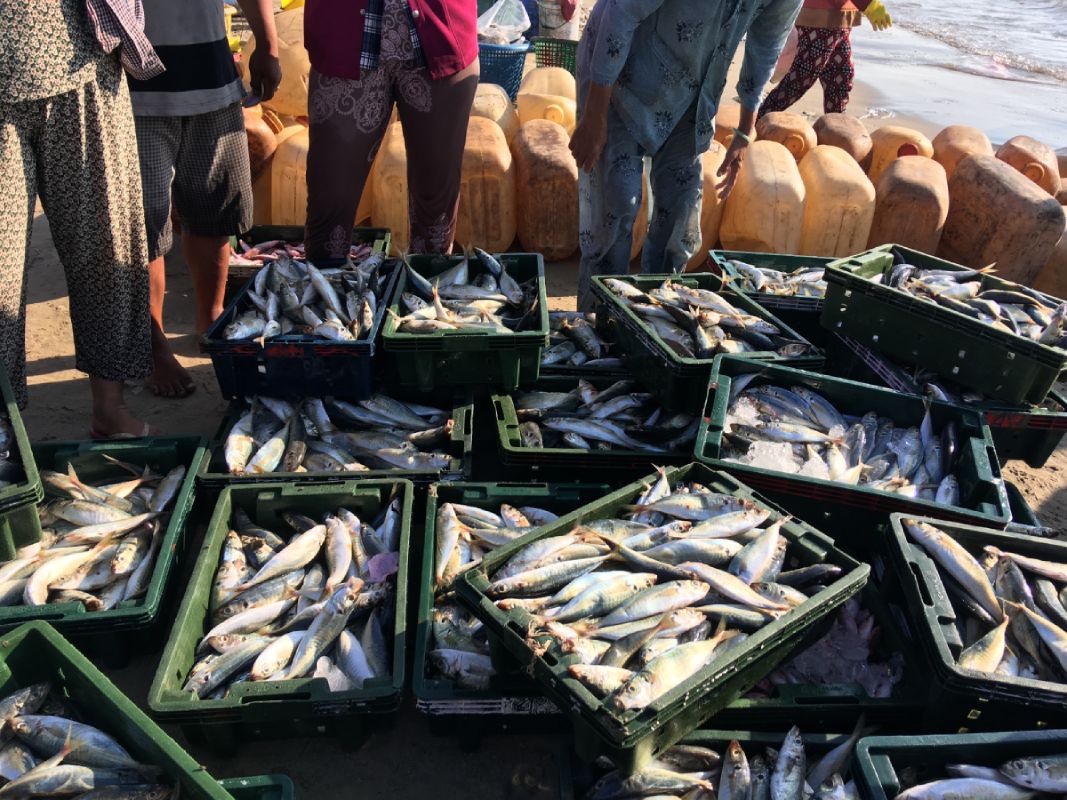
Overview of Global Fish Stocks
Around the world, fish stocks—the populations of fish available to be caught—are under significant pressure. The Food and Agriculture Organization (FAO) estimates that nearly one-third of the world’s assessed fisheries are currently overexploited, depleted, or recovering from depletion. This is a stark change from five decades ago when most global fish stocks were relatively healthy and underexploited. The overexploitation of these once-abundant resources threatens the balance of marine ecosystems and the livelihoods of communities dependent on fishing.
Issues with Overfishing
Overfishing is catching fish from a stock faster than the population can regenerate, leading to a severe decline in fish numbers. It’s a widespread problem spurred by advanced fishing technologies, increased global demand for seafood, inadequate regulations, and illegal, unreported, and unregulated (IUU) fishing. Overfishing depletes fish stocks and disrupts the ecological balance, as changes in the abundance of certain species can affect the entire food web with far-reaching consequences.
The Impact of Unsustainable Practices
Beyond overfishing, other unsustainable fishing practices wreak havoc on marine ecosystems. Fishing methods like bottom trawling and drift nets cause widespread destruction, wiping out habitats and leading to large amounts of bycatch. Bycatch refers to the unintentional capture of non-target species, including endangered marine life, such as turtles, dolphins, and sharks. Moreover, discarding unwanted catch back into the sea—often dead or dying—results in massive waste and further imbalance in marine ecosystems.
The picture painted by the current state of global fisheries may seem grim, but it’s not a lost cause. The dire situation underscores the urgent need for sustainable practices in fisheries management. Throughout the rest of this article, we’ll explore the methods, initiatives, and strategies that offer hope for the future of our oceans.
The Ecological Impact of Overfishing
Overfishing, a significant global issue, profoundly impacts marine ecosystems. Depleting fish stocks alters marine biodiversity, disrupts food webs, and affects ocean health. This section details these detrimental effects and emphasizes the importance of sustainable fishing practices in preserving oceanic ecosystems.
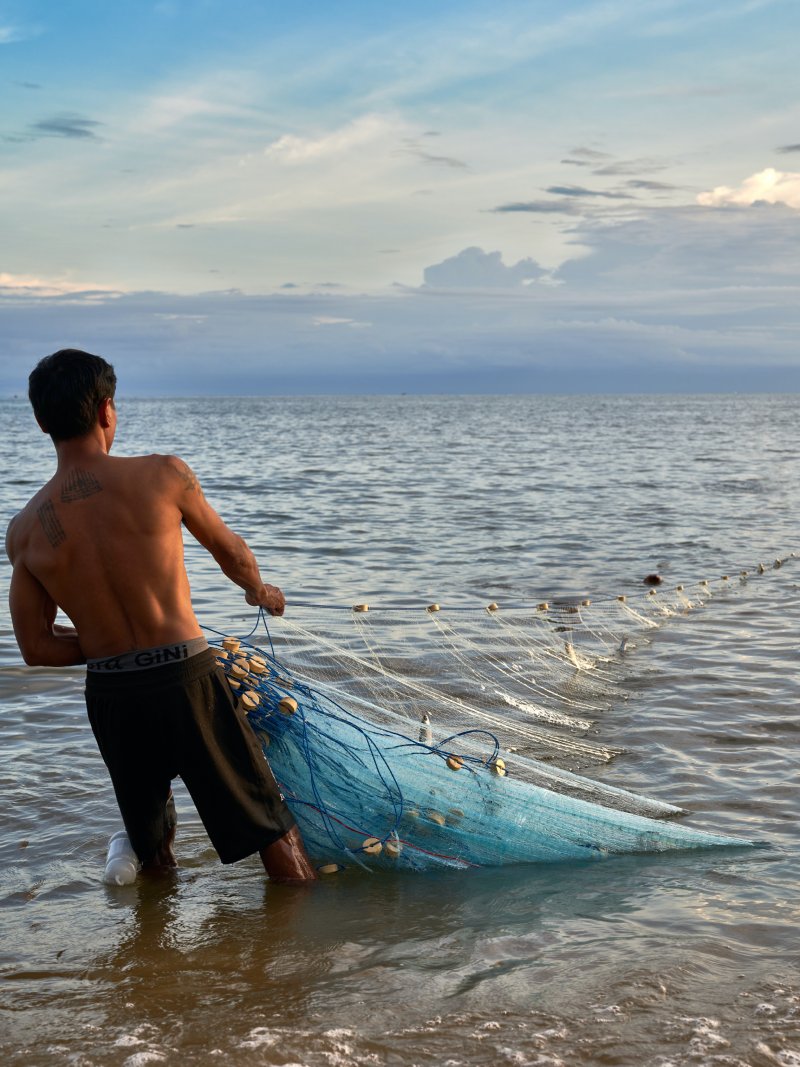
Effects on Marine Biodiversity
Overfishing threatens marine biodiversity—a key indicator of ecosystem health and resilience. As certain species are overexploited, their populations diminish, which can lead to a decrease in genetic diversity and possibly species extinction. Such loss is critical, as each species plays a unique role in its ecosystem. For instance, the decline of predator species due to overfishing can lead to an explosion in the population of their prey, resulting in unexpected and often harmful changes in the ecosystem.
Impacts on Marine Food Webs
Fish play crucial roles in marine food webs. Overfishing can lead to “trophic cascades,” affecting a variety of organisms from various trophic levels, not just the overfished species. For instance, removing large amounts of a single species can cause its predators to starve and its prey to overpopulate, leading to unpredictable and often destabilizing changes in the ecosystem. Understanding these intricate relationships underlines the importance of maintaining balanced fish populations.
Influence on Ocean Health
The health of our oceans is intrinsically linked to their biodiversity. When overfishing upsets this biodiversity, it has broader implications for ocean health. A well-functioning marine ecosystem can better withstand and recover from various threats, including climate change. Conversely, a compromised ecosystem due to overfishing is less resilient, affecting its ability to perform essential functions like carbon sequestration, nutrient cycling, and habitat provision for various marine species.
The ecological impacts of overfishing demonstrate the interconnectedness of life in the ocean. Every species has a role, and significant changes to any single species can reverberate throughout the entire system. By understanding these implications, we can fully appreciate the urgent need for sustainable fishing practices.
The Socioeconomic Implications of Overfishing
Overfishing not only poses ecological threats but also creates significant socioeconomic challenges. Many communities worldwide depend on fisheries for their livelihood and food security. When fish stocks decline, so too does the stability of these communities. The effects extend to global economic structures and impact our ability to feed our growing population.
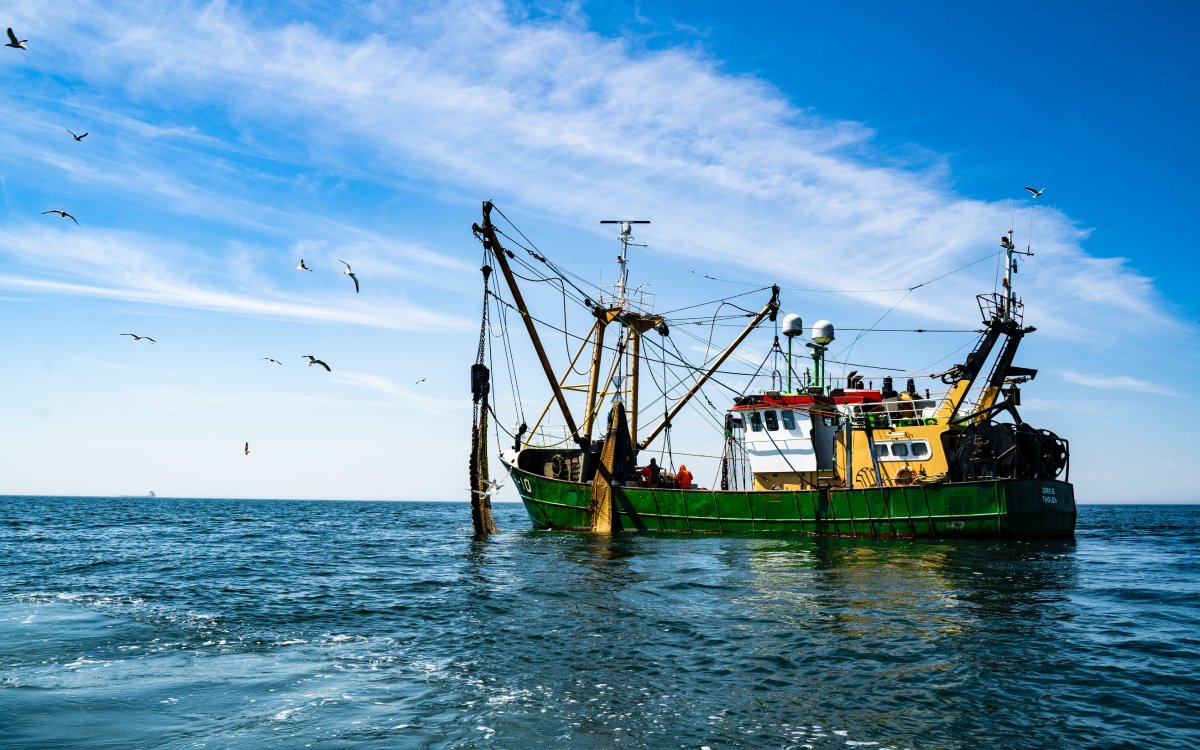
Impact on Coastal Communities
In many coastal communities, fishing is a primary source of income and cultural identity. Overfishing threatens these communities’ livelihoods, causing a ripple effect on local economies. When fish stocks decline, fishers must spend more time and resources to achieve the same catch, often diminishing earnings. This reduction in income can lead to financial stress and negatively affect local businesses and services.
Economic Consequences at a Global Level
On a broader scale, overfishing has severe economic consequences. The global fishing industry employs millions and contributes significantly to the global GDP. The World Bank estimates that sustainable fishing practices could increase annual global fishery profits by billions of dollars. Therefore, overfishing and the resulting decline in fish stocks represent a considerable opportunity cost at a global economic level.
Effects on Food Security
Fish represent a crucial source of nutrition for billions of people worldwide. They provide essential proteins, vitamins, and minerals. The decline in fish populations due to overfishing threatens this vital food source, particularly in developing countries where fish often form a significant part of the diet. As fish become scarcer and potentially more expensive, food security is at risk, particularly for poorer communities.
The socioeconomic implications of overfishing underline the importance of sustainable practices in the fishing industry. By transitioning to these methods, we can help ensure the longevity of fish stocks, the stability of coastal communities, the health of global economies, and the security of our food supply. The challenge is complex, but we can make a difference with coordinated effort and understanding.
Sustainable Fishing Methods
As we delve into sustainable fishing, it’s important to recognize that it’s not merely a concept but a tangible reality. Several fishing methods, by design, minimize harm to aquatic ecosystems and maintain fish populations. This section explores sustainable fishing methods, including line and pole fishing, trolling, and trap fishing, demonstrating how they contribute to preserving our ocean’s health.
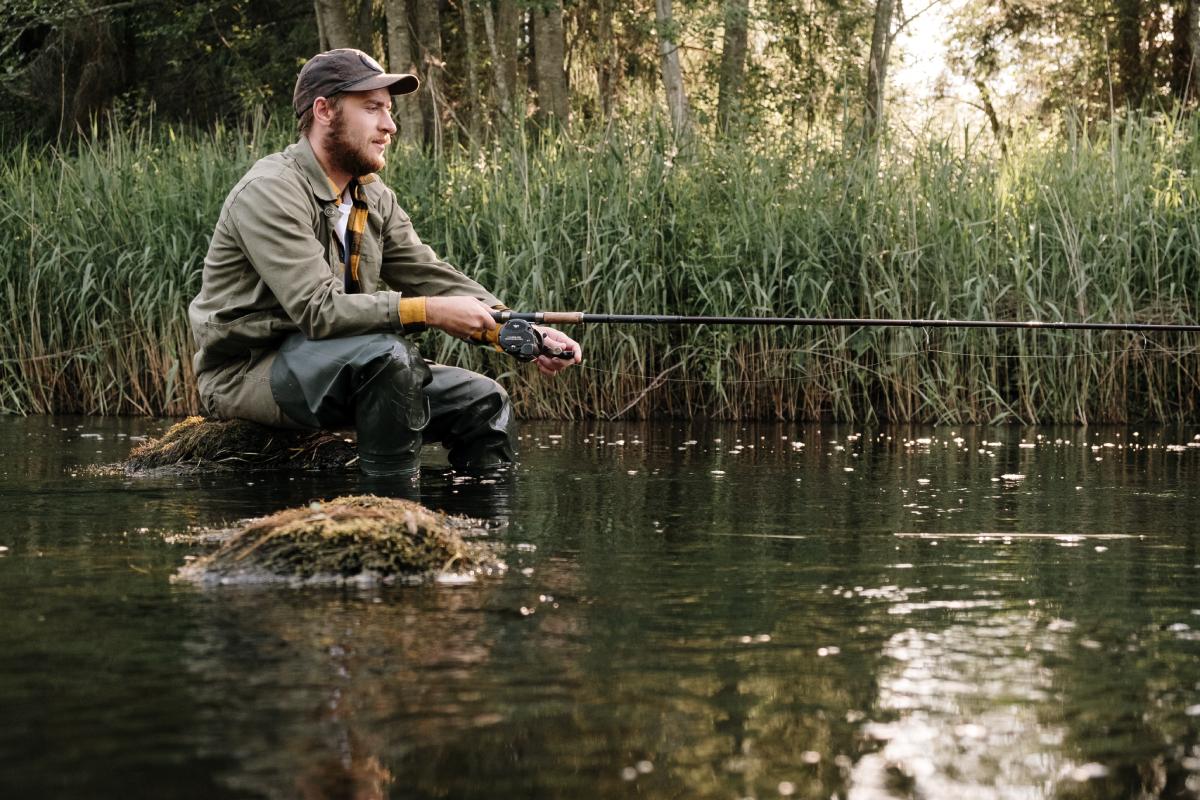
Line and Pole Fishing
Line and pole fishing is a classic example of a sustainable fishing method. It involves a fisherman using a pole with a line and hook to catch fish. One of the key advantages of line and pole fishing is its selectivity; fishers can release unwanted or undersized catch, reducing bycatch and helping to preserve juvenile fish populations. Furthermore, because this method doesn’t involve dragging heavy equipment across the sea floor, it minimizes damage to marine habitats.
Trolling
Trolling is another sustainable fishing method primarily used for catching species that feed near the surface, like tuna and salmon. Fishers drag lines with lures or baited hooks from a moving boat. Like line and pole fishing, trolling is highly selective and can target specific species, thus reducing bycatch. Moreover, trolling lines are typically used in the open ocean, which lessens the impact on sensitive seafloor habitats.
Trap Fishing
Trap fishing involves using structures to capture fish or crustaceans. The trap design allows the target species to enter but makes it difficult to exit. Traps are typically baited but can also be designed to take advantage of fish behavior, such as their tendency to seek shelter. The sustainability of trap fishing lies in its ability to target specific species and sizes and its low impact on habitats. It’s worth noting that traps must be carefully managed to prevent ghost fishing, where lost or abandoned traps continue to catch species indiscriminately.
Implementing these sustainable fishing methods helps preserve fish stocks and protect marine ecosystems. It bolsters the livelihood of fishing communities and the industries that rely on them. Embracing these methods is a crucial step towards a more sustainable future for our oceans and planet. As consumers, we can drive demand for sustainably caught seafood and support those in the industry who are making a positive difference.
Policies and Regulations for Sustainable Fisheries
Government policies and regulations are indispensable in promoting sustainable fisheries and preserving ocean ecosystems. These measures, such as quotas and catch limits, the establishment of Marine Protected Areas (MPAs), and international cooperation through agreements, help to curb overfishing, protect marine biodiversity, and ensure the long-term viability of the world’s fisheries.
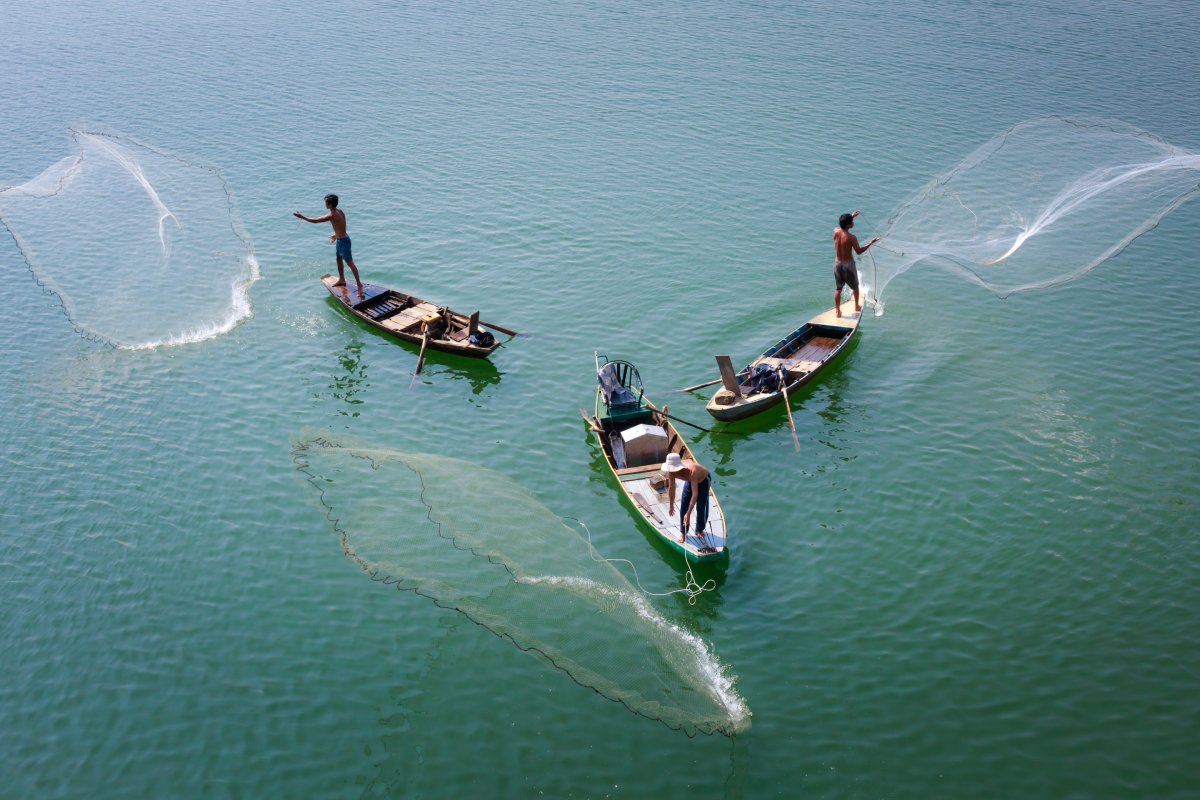
Quotas and Catch Limits
Quotas and catch limits are among the most common policies adopted to regulate fishing activity. These measures limit the amount or type of fish that can be caught within a specific period, ensuring that fish populations have the opportunity to replenish. They are typically based on scientific research and assessments of fish stock health. Though setting and enforcing these limits is complex, they have proven effective in many regions at recovering overfished stocks and promoting sustainable practices.
Marine Protected Areas
Marine Protected Areas (MPAs) are another critical tool for sustainable fisheries management. MPAs are ocean regions where human activity is more regulated than the surrounding waters to protect the diverse species and habitats within them. These protected areas can help to conserve marine biodiversity, safeguard endangered species, and serve as breeding grounds that help to replenish fish stocks. However, the success of MPAs largely depends on their size, location, level of protection, and the effective enforcement of regulations.
International Agreements and Cooperation
Sustainable fisheries management is a global challenge that requires international cooperation. Oceans know no boundaries, and fish populations often migrate across national jurisdictions. Several international agreements, like the United Nations Convention on the Law of the Sea (UNCLOS) and various regional fisheries management organizations, aim to manage shared fisheries and protect marine ecosystems. While enforcing these agreements is challenging, they are crucial for coordinating efforts, sharing knowledge and resources, and resolving disputes among nations.
In conclusion, policies and regulations are crucial for ensuring the sustainability of our global fisheries. Through a combination of quotas, protected areas, and international collaboration, we can mitigate the impacts of overfishing, protect our marine ecosystems, and ensure the continuity of these precious resources for generations to come. At the same time, we must also acknowledge that more than regulations are needed - education, awareness, and participation from all stakeholders, including consumers, are equally important in pursuing sustainable fisheries.
Role of Aquaculture in Sustainable Fisheries
Aquaculture, the cultivation of fish and other marine species in controlled conditions holds significant potential for contributing to sustainable fisheries. Supplementing wild catch can relieve pressure on marine ecosystems and help maintain balanced fish populations. However, like any practice, it has benefits and challenges that must be properly managed through ecologically responsible practices.
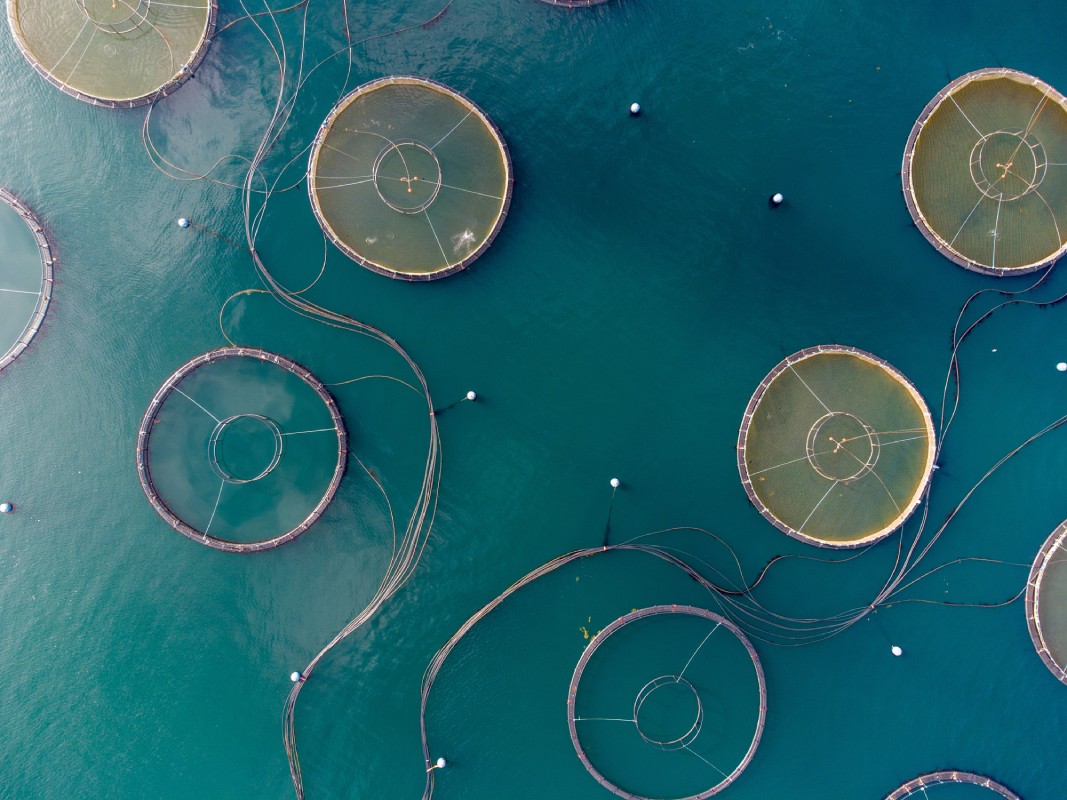
Understanding Aquaculture
Aquaculture, also known as fish or shellfish farming, refers to rearing aquatic organisms under controlled conditions. It includes cultivating marine and freshwater species, ranging from farming shrimp in coastal ponds to growing salmon in offshore cages. Aquaculture can help meet the rising global demand for seafood without increasing pressure on already overfished stocks, provided it’s practiced sustainably.
Benefits and Challenges of Aquaculture
Aquaculture comes with numerous potential benefits. It can provide a consistent, year-round seafood supply, contribute to food security, create jobs, and support coastal economies. Moreover, some forms of aquaculture, such as seaweed and shellfish farming, can benefit the environment by improving water quality and providing habitat for other marine life.
However, if not properly managed, aquaculture also poses significant challenges. These include the potential for disease spread, the escape of farmed species into the wild, overreliance on wild-caught fish for feed, and environmental pollution from waste and chemicals. Aquaculture operations also need to be carefully located to avoid sensitive habitats and conflicts with other users of coastal and freshwater resources.
Ecologically Responsible Aquaculture Practices
We must promote ecologically responsible practices to harness the benefits of aquaculture while mitigating its potential drawbacks. These can include integrated multi-trophic aquaculture (IMTA), where different species are farmed together so that the waste from one species provides food for another. It can also involve reducing the use of wild-caught fish in feeds, improving disease management, and developing more effective waste management strategies.
Additionally, regulations and certifications can promote sustainable practices. For example, standards set by organizations such as the Aquaculture Stewardship Council (ASC) provide guidelines for environmentally and socially responsible aquaculture.
In conclusion, aquaculture is vital in sustainable fisheries, but it’s not a silver bullet. We must approach it as part of a broader toolkit for sustainable fisheries management, alongside other strategies like improved fishing practices, robust regulation, and the protection of critical marine habitats. By doing so, we can help ensure the health of our oceans and the continued availability of the seafood that billions of people rely upon for their livelihoods and nutrition.
Innovations and Technologies in Sustainable Fisheries
The push for sustainable fisheries is driving a wave of innovation and technological advancement. As we strive to protect our ocean ecosystems, technology is a powerful tool to improve monitoring and surveillance, develop innovative fishing gear, and utilize artificial intelligence and data analysis. These innovations are transforming the way we manage and conserve our marine resources.
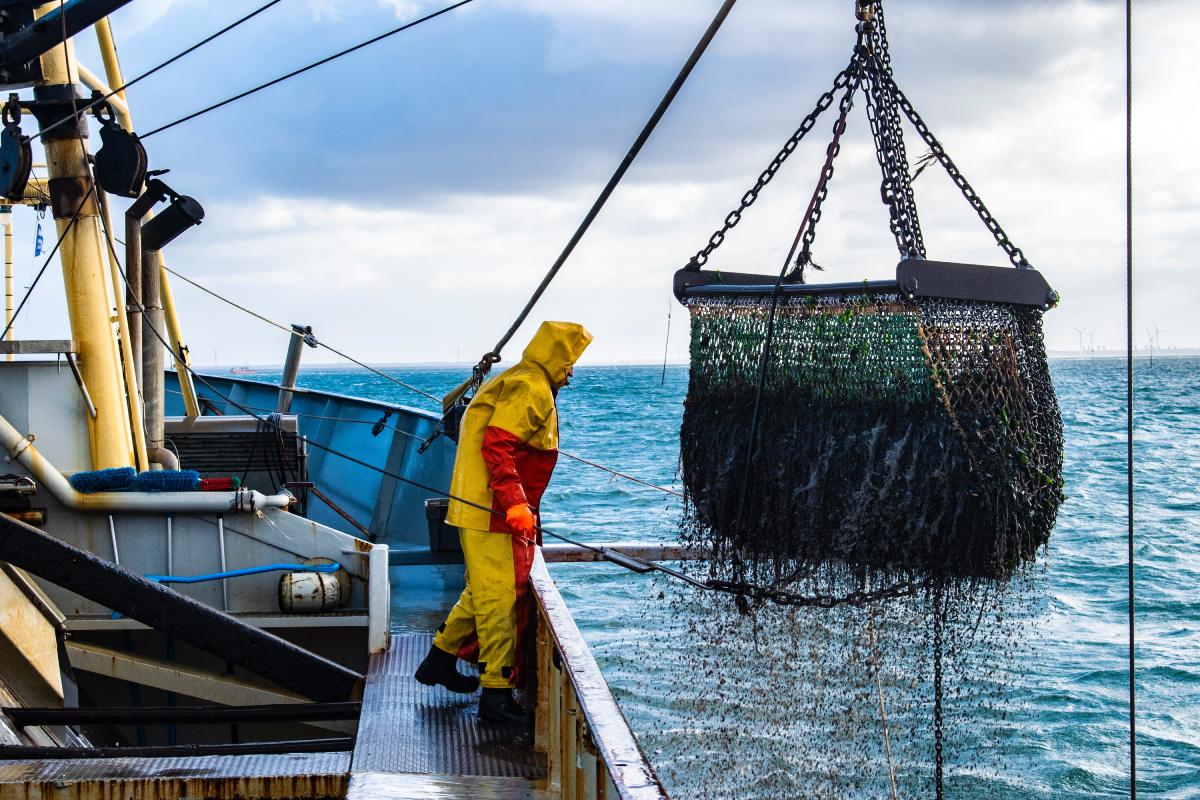
Monitoring and Surveillance Technologies
Effective monitoring and surveillance are crucial for enforcing fishing regulations and protecting marine ecosystems. Advanced technologies such as satellite imagery, drone surveillance, and electronic monitoring systems on vessels help track fishing activities in real time and identify illegal practices. For example, Global Fishing Watch utilizes satellite technology to provide a global view of commercial fishing activities, helping detect potential overfishing and illegal, unreported, and unregulated (IUU) fishing.
Innovative Fishing Gear
Innovative fishing gear aims to increase selectivity, reducing bycatch and the impact on non-target species and habitats. For instance, light-emitting devices can deter certain species from entering nets, and modified fishing hooks can help reduce accidental catches of turtles in longline fisheries. Additionally, biodegradable fishing gear is being developed to minimize ‘ghost fishing,’ where lost or discarded fishing gear continues to catch fish and other marine life.
Applications of AI and Data Analysis
Artificial intelligence (AI) and data analysis play increasingly significant roles in sustainable fisheries. AI can be used to analyze data from satellite imagery and surveillance to identify patterns and predict illegal fishing activities. Machine learning algorithms can process vast amounts of data to provide insights into fish populations and their behaviors, aiding in developing more effective management strategies.
Data analysis also underpins the development of stock assessment models, which provide crucial information about the status of fish populations. These models incorporate data from multiple sources, such as catch, biological, and environmental data, to provide estimates of fish population size, productivity, and responses to fishing pressure.
In conclusion, these technological advancements are not just add-ons to existing practices; they are rapidly becoming central to how we approach sustainable fisheries. They allow us to monitor vast ocean areas, reduce our impact, and make better-informed decisions about managing our marine resources. These innovations, combined with robust regulation and management, are crucial for preserving ocean ecosystems and ensuring the long-term sustainability of our fisheries.
How Consumers Can Support Sustainable Fisheries
Consumer choices play a substantial role in shaping industry practices and contribute significantly to promoting sustainable fisheries. Consumers can pressure fisheries to adopt more sustainable practices through informed decisions and active advocacy. This section delves into how understanding seafood labels, promoting local and seasonal seafood, and participating in advocacy and education can make a difference.
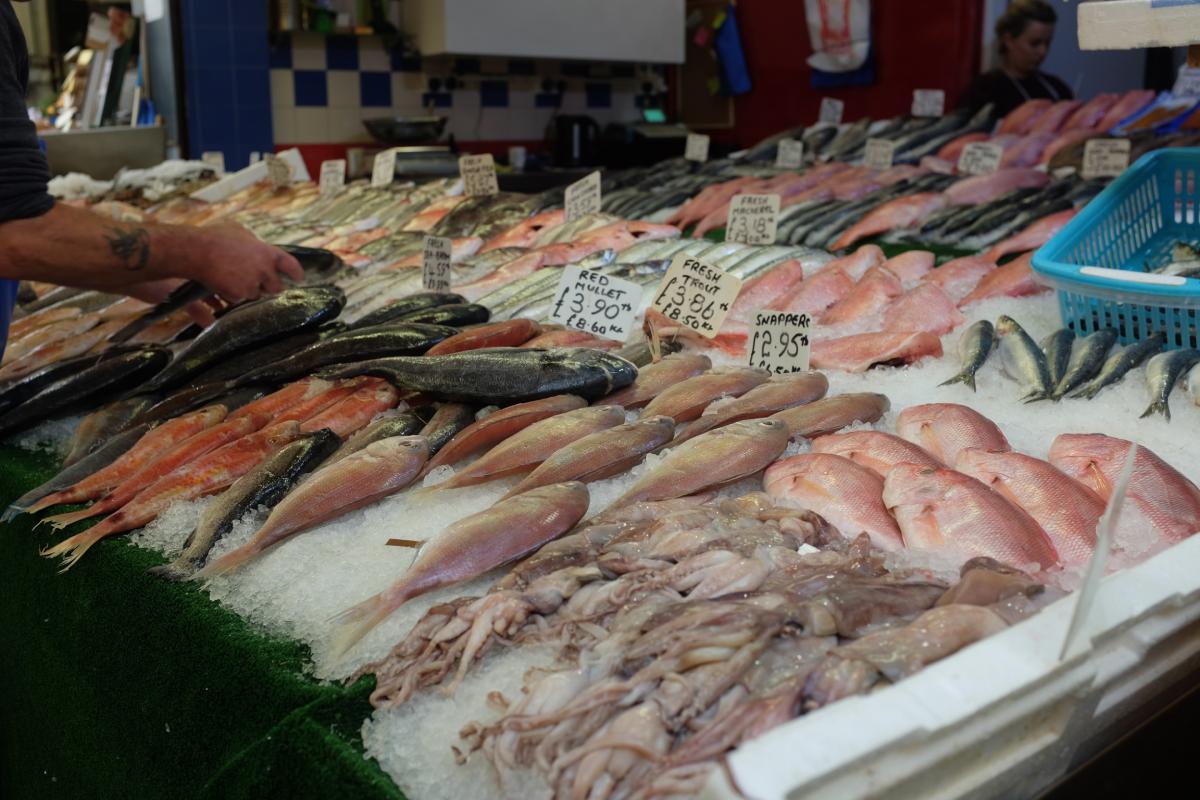
Understanding Seafood Labels
When shopping for seafood, look for labels that indicate the product is sustainably sourced. Labels from organizations like the Marine Stewardship Council (MSC) and Aquaculture Stewardship Council (ASC) signify that the seafood was harvested using sustainable practices that minimize environmental impact. Be vigilant and learn about the standards behind different labels. Your informed choices can encourage fisheries to meet these sustainability standards and earn certification.
Promoting Local and Seasonal Seafood
Another way to support sustainable fisheries is by buying local and seasonal seafood. This reduces the carbon footprint associated with long-distance transportation and supports local fishing communities. Further, eating seasonally helps avoid putting pressure on specific species year-round, which allows fish populations to recover and promotes biodiversity.
Advocacy and Education
Lastly, the role of advocacy and education in supporting sustainable fisheries must be considered. Please share your knowledge about sustainable fisheries with others and encourage them to make sustainable choices. Get involved in campaigns that promote sustainable fishing and protect marine ecosystems. Advocacy can influence policies at a higher level. Combined with education, it can lead to a society-wide shift towards supporting sustainable fisheries.
In essence, as consumers, we wield a significant amount of power. Our purchasing decisions can drive demand for sustainably sourced seafood, and our voices can influence policy and industry standards. The fight for sustainable fisheries and preserving our oceans is a collective one, and we each have a part to play.
Conclusion
As we conclude this deep dive into the role of sustainable fisheries in preserving ocean ecosystems, it becomes evident that the path toward sustainability is both complex and imperative. The interconnectedness of our actions with the health of our oceans underscores the urgent need to shift our practices.
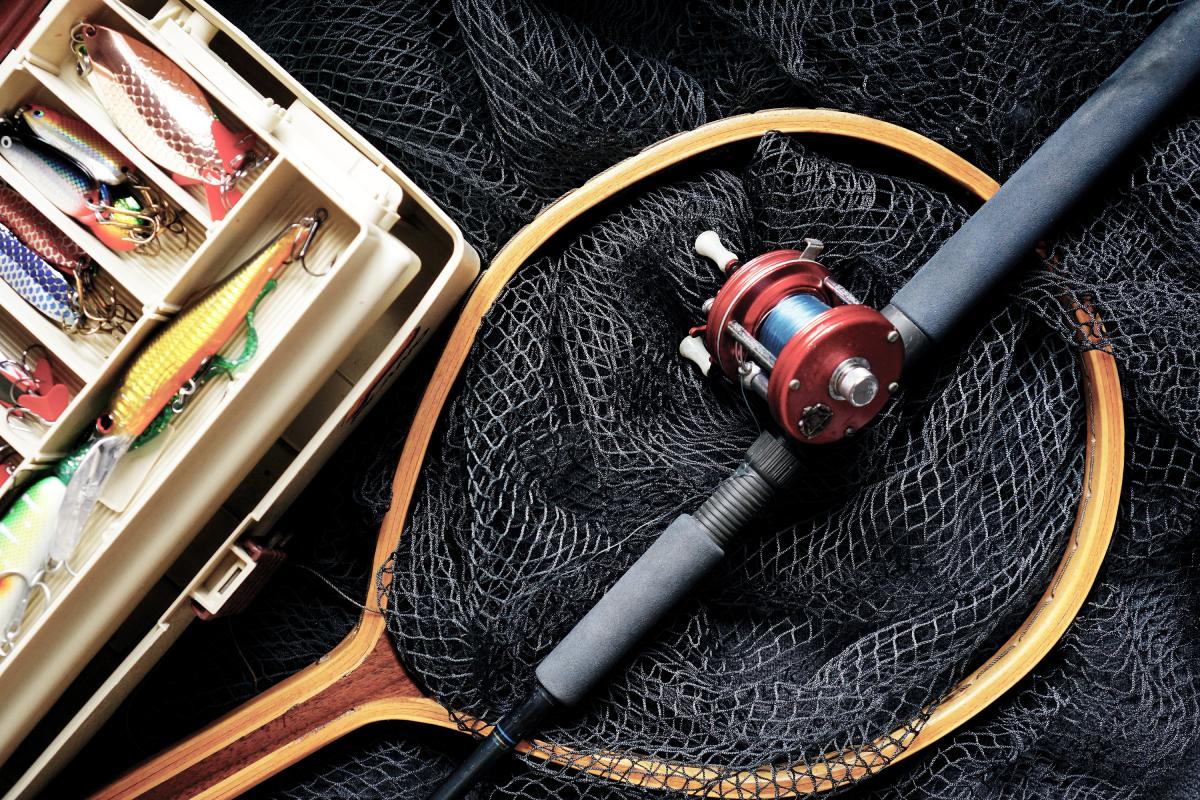
Recap of the Importance of Sustainable Fisheries
Sustainable fisheries play a critical role in maintaining the health of our ocean ecosystems. Through balanced fishing practices, they ensure the preservation of marine biodiversity, secure the livelihoods of coastal communities and contribute to global food security. They are our best shot at reversing the damage done by overfishing and unchecked industrial fishing practices.
The Potential Future of Sustainable Fisheries
As we look to the future, it’s hopeful to see how technology, policy, and community action converge to support the sustainability agenda. Technological innovations in surveillance, AI, and data analysis are helping us better monitor fish stocks and fishing activities. Internationally agreed regulations and policies are setting boundaries for fishing activities. Simultaneously, the rise of sustainable aquaculture offers a promising avenue for meeting the global demand for seafood without exerting further pressure on wild fish populations.
Encouraging Readers to Support Sustainable Practices
Yet, the transition to sustainable fisheries is a collective endeavor that calls for active participation from each one of us. As consumers, we can shape market demands and make sustainable choices. As advocates, we can raise awareness about sustainable fishing and influence policy changes. And, as members of a global community, we can stand in solidarity with fishing communities worldwide to support fair trade and fair wages.
The preservation of our oceans and marine life is a cause that transcends geographical boundaries and generations. Through sustainable fishing practices, we can ensure that our oceans continue to thrive, providing livelihoods and food security for many and maintaining the delicate balance of life on Earth. Your support and active participation in sustainable practices can make a significant difference. Let’s ensure that our future generations inherit an ocean as vibrant and bountiful as the one we’ve had the privilege to enjoy.

